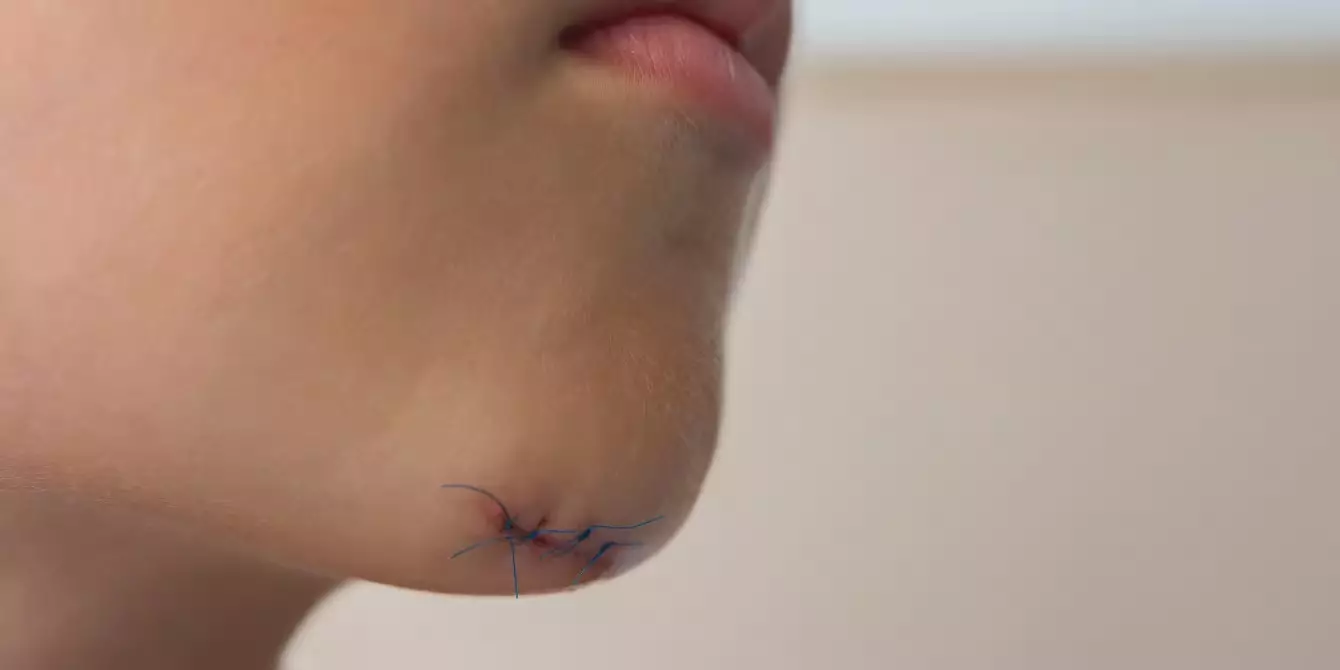As a parent, moments of unexpected trauma are hauntingly vivid, especially when they involve our little ones. Recently, while at the playground, my two-and-a-half-year-old had a catastrophic tumble that led to a nasty cut on his forehead. One moment, he was standing confidently on his tiny feet, and the next, he had tripped, slamming his head onto an unyielding concrete edge. Such moments can send chills down any parent’s spine, not just because of the immediate injury but also due to the chaos that often follows, specifically the daunting trip to the hospital.
The hospital visit can be a whirlwind—x-rays, evaluations, and in our case, stitches. Imagine watching your child as they navigate these unfamiliar experiences. The sheer thought of your child crying during a medical procedure can be paralyzing. Yet in our journey, an unexpected twist emerged: after enduring the painful moments of receiving six stitches, my son looked up at me and exclaimed, “That was fun!” How could such an exclamation come from a child after what many would characterize as a traumatic experience?
The Power of Preparation
The key to this transformation lies in engagement and preparation. In our case, I had taken strides to ensure my son was aware of the steps he would encounter. It’s astounding how much children can grasp when offered the opportunity. They aren’t mere passive participants; they are curious beings, eager to understand their world. Preparing kids for what lies ahead isn’t just about calming their nerves; it sets the stage for mutual trust and understanding between parent and child.
In the world of healthcare, children often find themselves in current scenarios without proper transitions. The unknown breeds fear, and fear can escalate into panic. Thus, advocating for your child’s involvement is paramount. By discussing the medical tools and procedures using age-appropriate terminology, you not only prepare their minds but also create an environment of transparency and trust. Honesty is crucial—if something might hurt, they should be aware.
Maintaining Calm As a Foundation
A significant hurdle for parents in these situations is the necessity of projecting calmness. Children are adept at sensing their parent’s energy, and our own fears can amplify theirs. It is essential to embody a sense of security that assures them that everything will be alright. More than just calmness, it’s about confidence; we need to cultivate the belief within ourselves that our shared experiences can be navigated together, as a team.
When you step into that procedure room, be intentional about pausing and communicating. Explain what the doctor or dentist will do, and showcase the tools. Invite your child’s thoughts on what’s happening rather than solely directing the situation. Holding their hand as they question you about the needle or the temperature gauge shifts the experience from one of fear to cooperation.
The Role of Active Participation
There is a common misconception that a child should simply be distracted during uncomfortable procedures—the proverbial “look over there!” While that tactic may work momentarily, it does nothing to diminish the underlying fears associated with that experience. Trust and open engagement resonate more deeply than distraction ever could.
Instead of glossing over the scary components, actively involve your child in the process. Discuss where the injection will happen, so they can visualize it. Give them choices—do they want to watch the procedure or turn their head? Their input is invaluable and gives them a sense of control, which is often stripped away in medical settings.
Ultimately, growing trust and competence in children means allowing them the space to express their feelings and thoughts. It’s a testament to their resilience and ability to cope, often surprising us with their strength. When children are involved in their healthcare journey, they can emerge from stressful situations with not just survival, but newfound courage.
Fostering Independence Through Support
We must resist the instinct to overprotect them. Kids possess more strength than we often credit them with. They deserve the chance to navigate their emotions in challenging situations. By believing in their capabilities, we pave the way for them to confront their fears, leading them to unique perspectives on what once seemed daunting.
What’s heartening about such experiences is that they can foster a culture of cooperation and enthusiasm toward what should be frightening. One day, they might even surprise you by declaring that the stitches at the hospital were a “fun” experience. Creating opportunities for empowerment can shift paradigms and redefine their perception of health and discomfort. When we equip our children with knowledge and participation, we are not just helping them cope; we are teaching them to thrive amidst the unexpected challenges of life.

